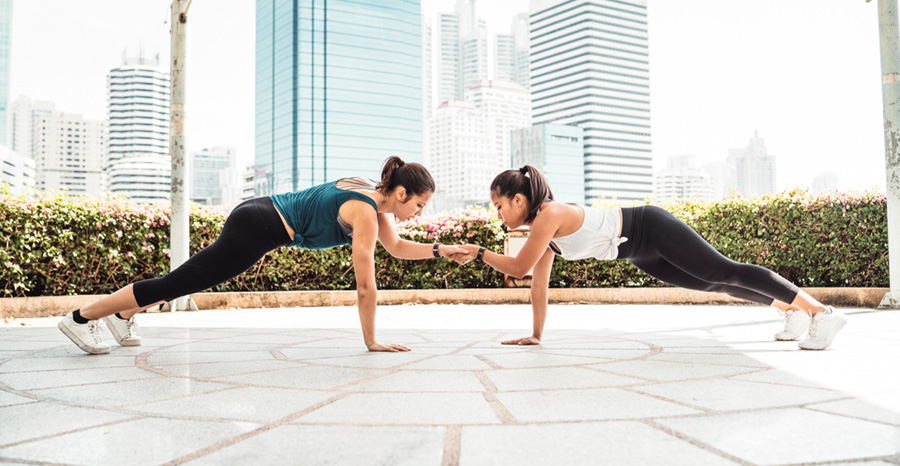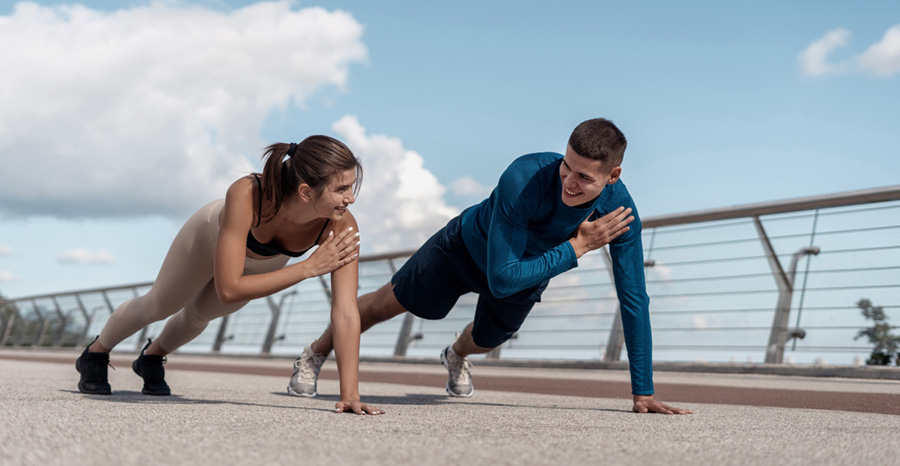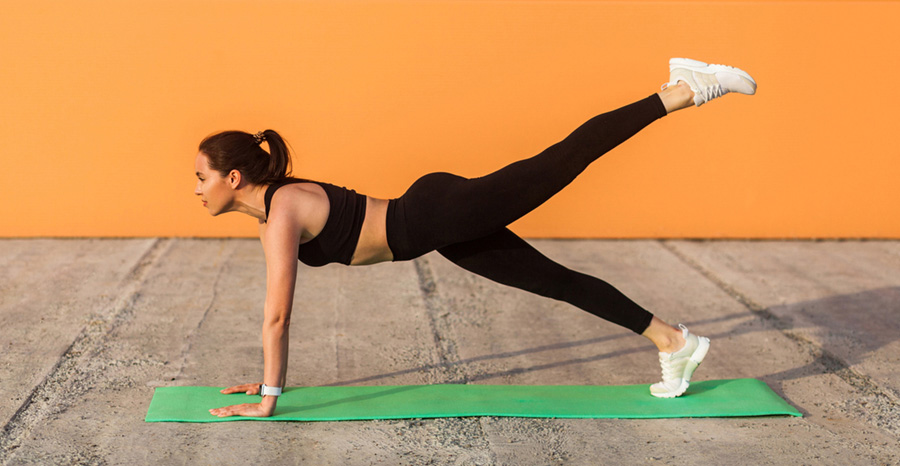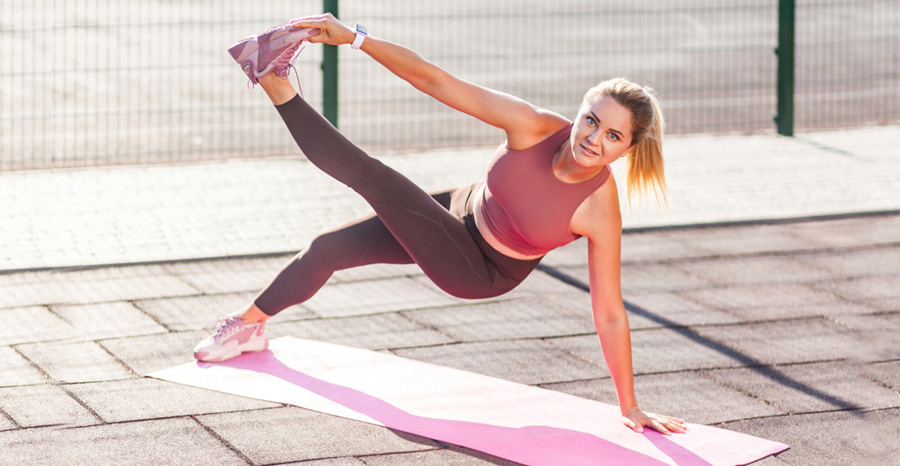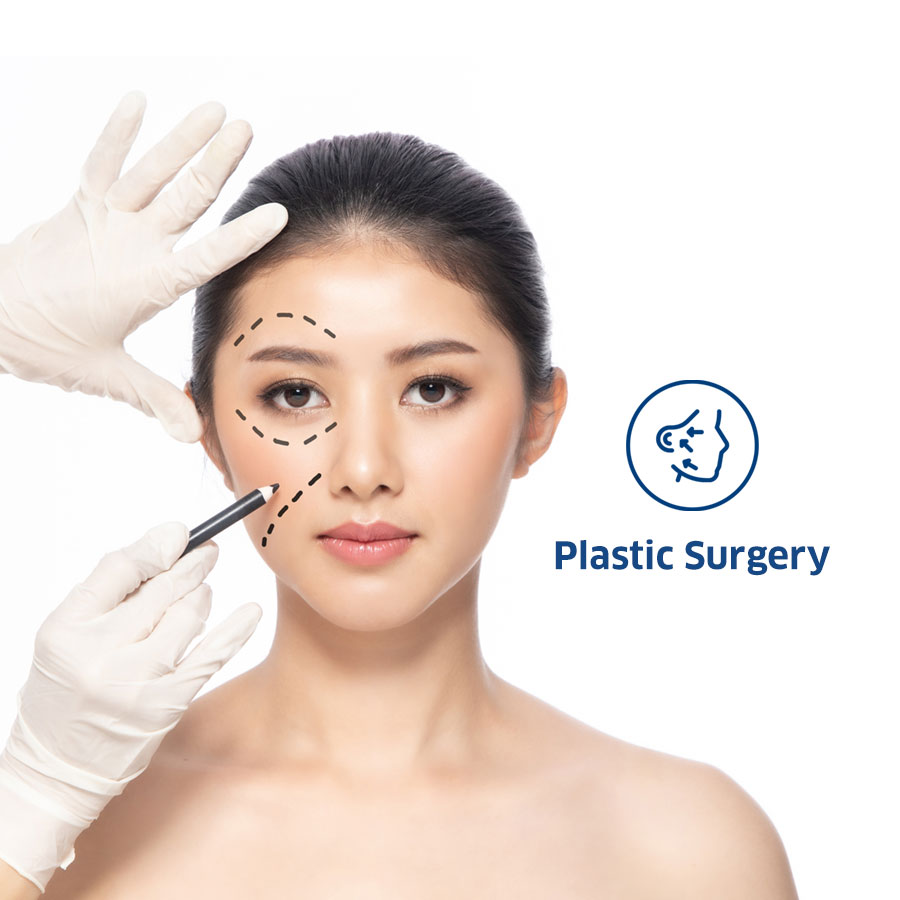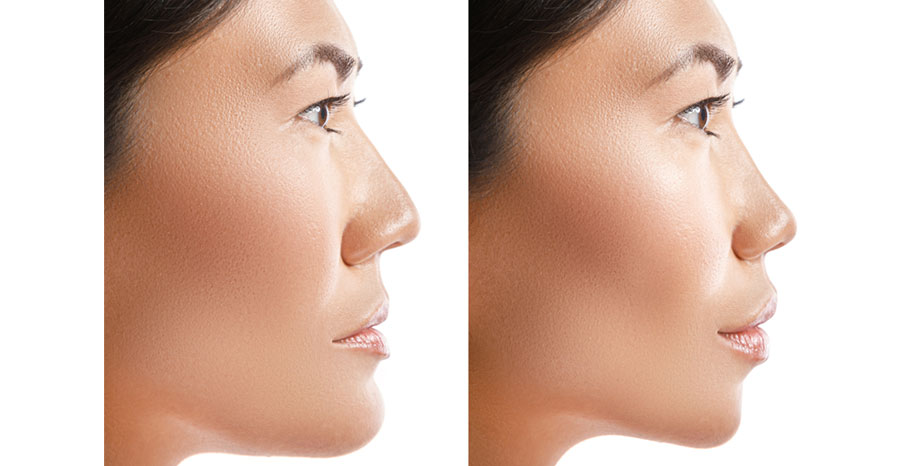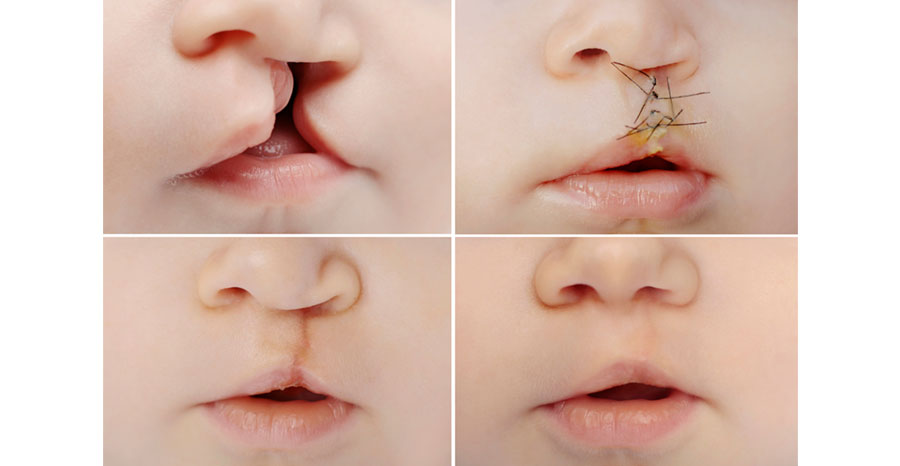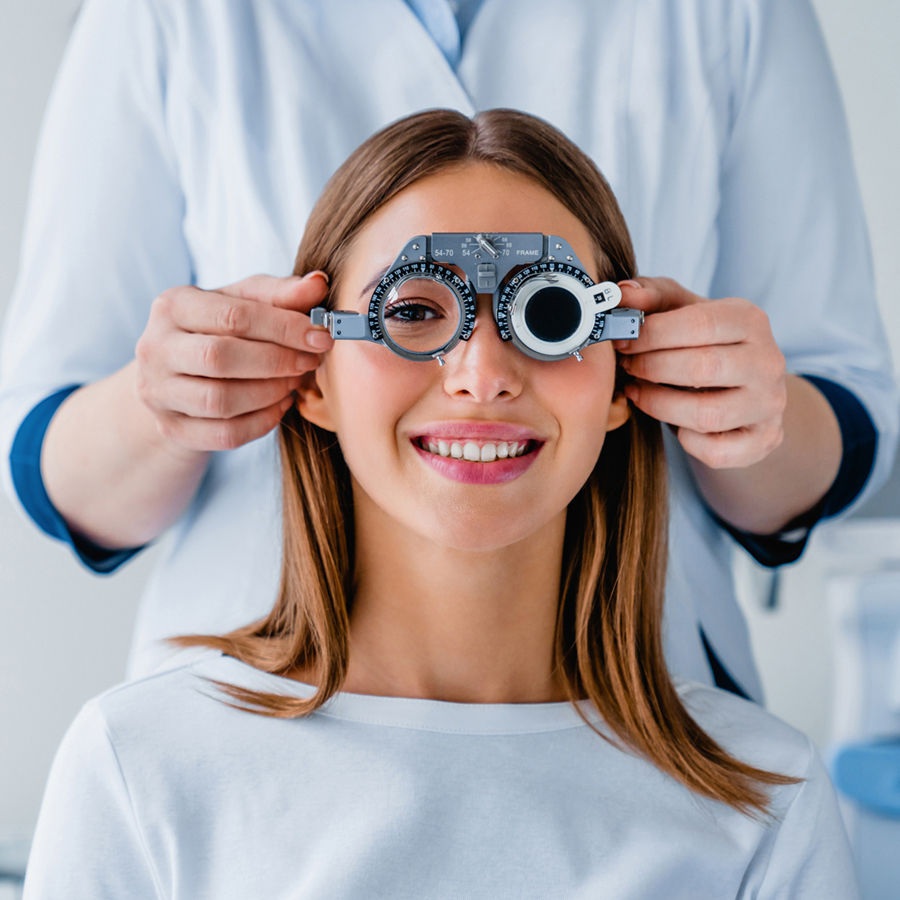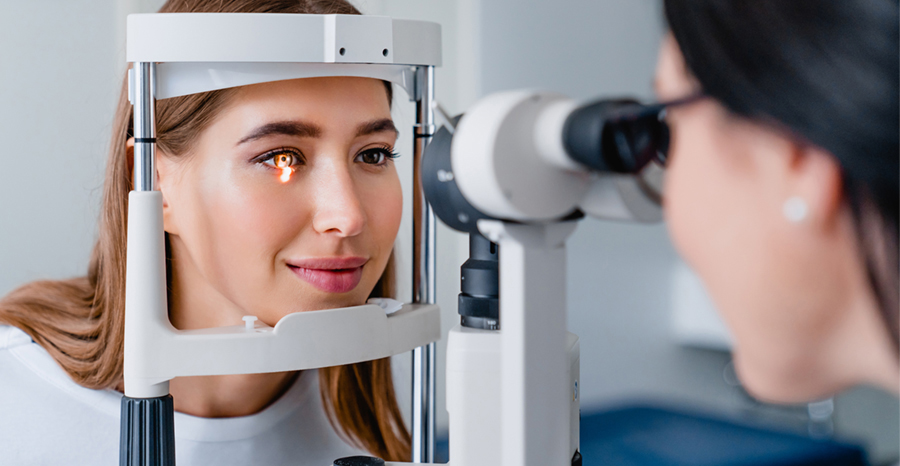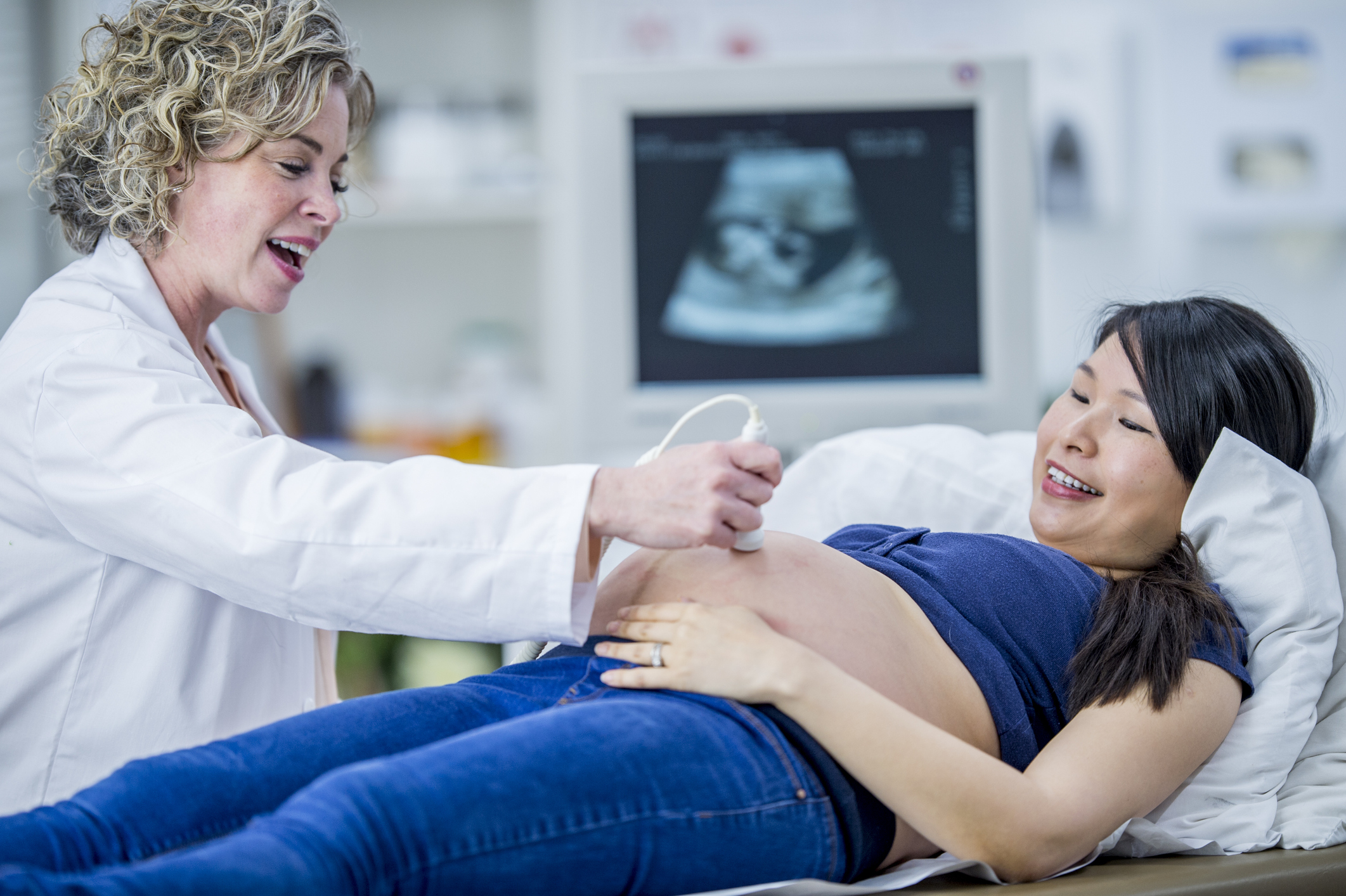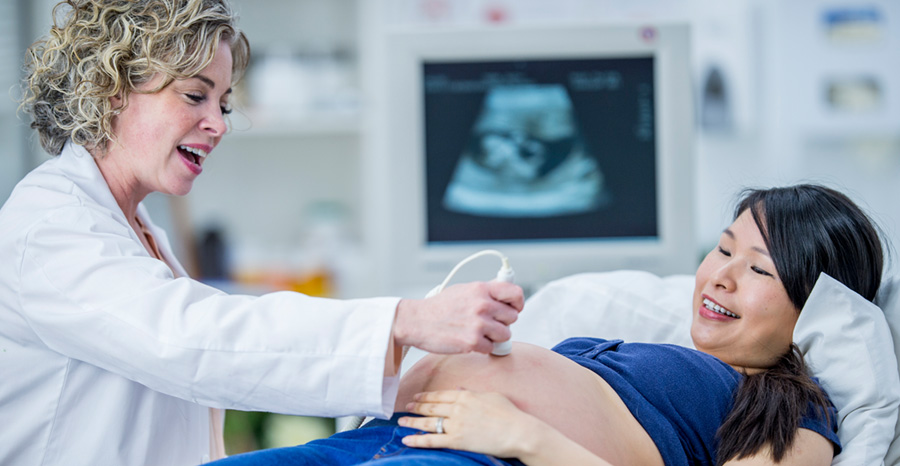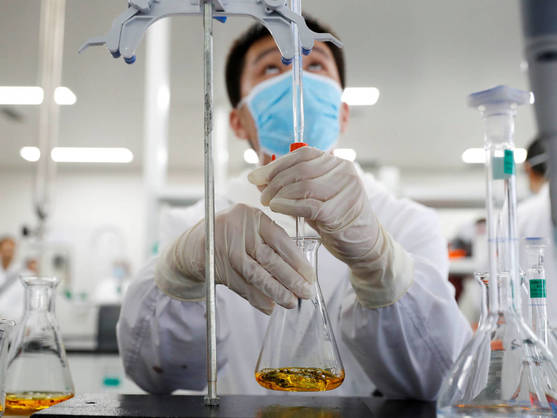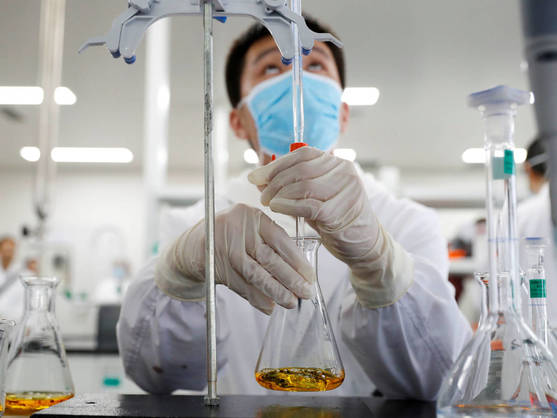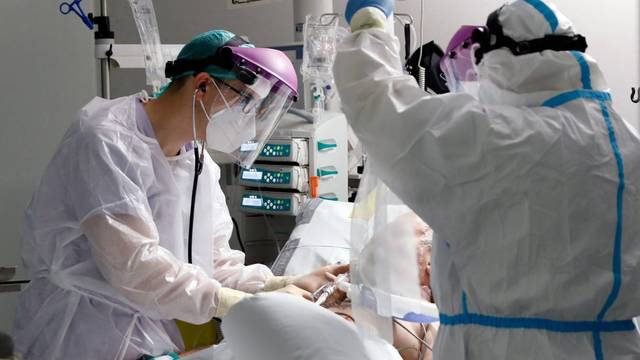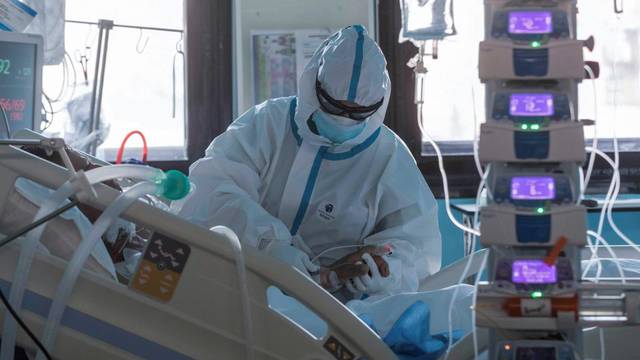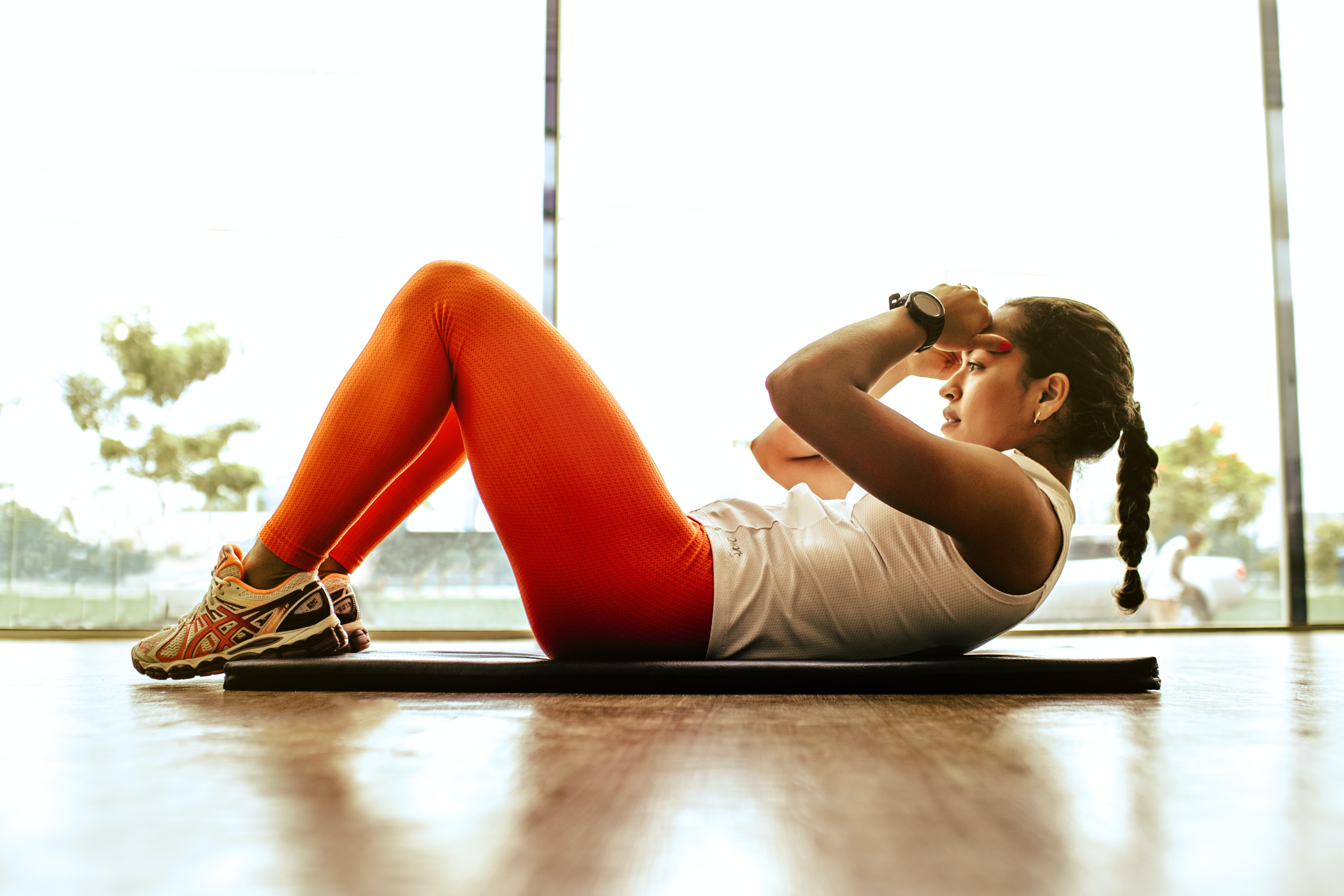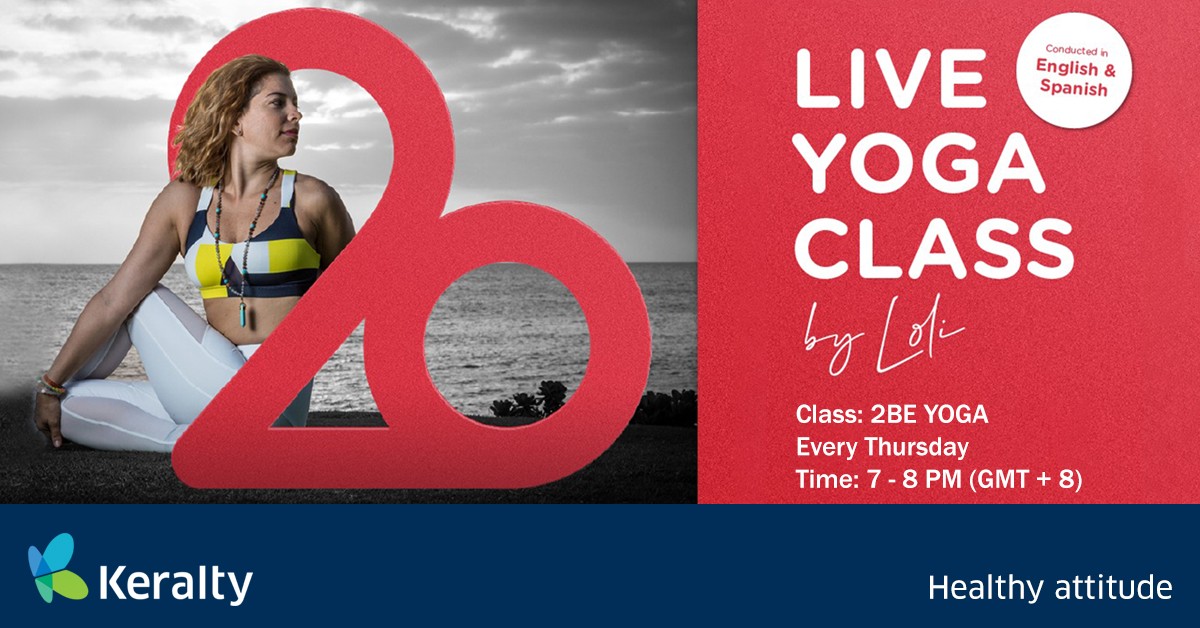What can I do to reduce my risk of cervical cancer?
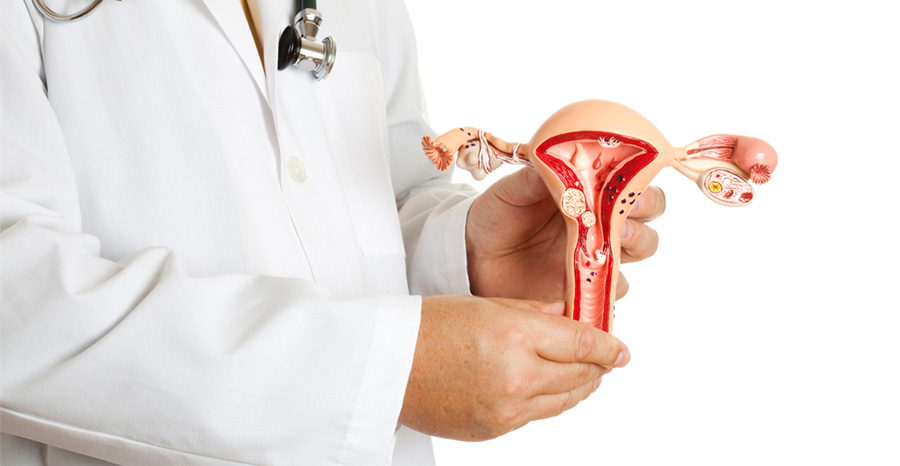
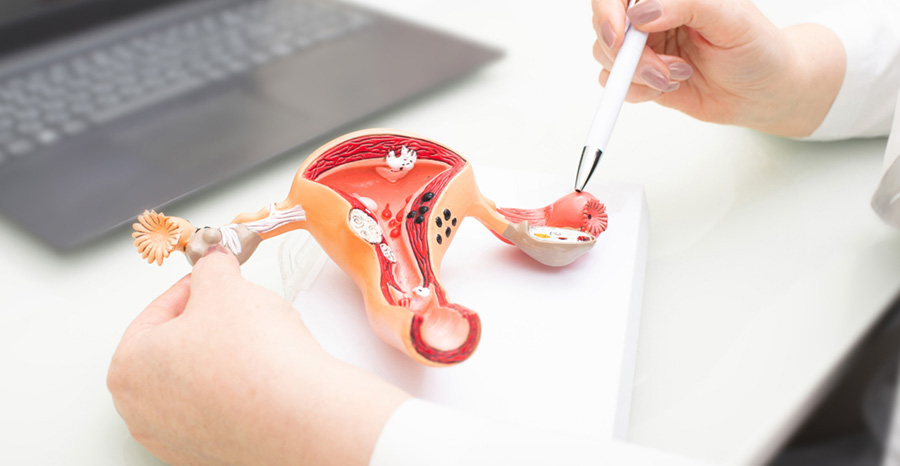
-
See your doctor regularly for a Pap and/or HPV test.
-
Follow up with your doctor if your cervical cancer screening test results are not normal.
-
Get the HPV vaccine. It protects against the types of HPV that most often cause cervical, vagina, and vulvar cancers. Protection against HPV infection lasts for 6 to 8 years. Vaccination is available for girls and women ages 9 to 26.
-
Changing lifestyle or eating habits.
-
Don’t smoke.
-
Practice safe sex. Using a condom, having fewer sexual partners and delaying intercourse may reduce your risk.
 Philippines
Philippines
 Keralty Global
Keralty Global

